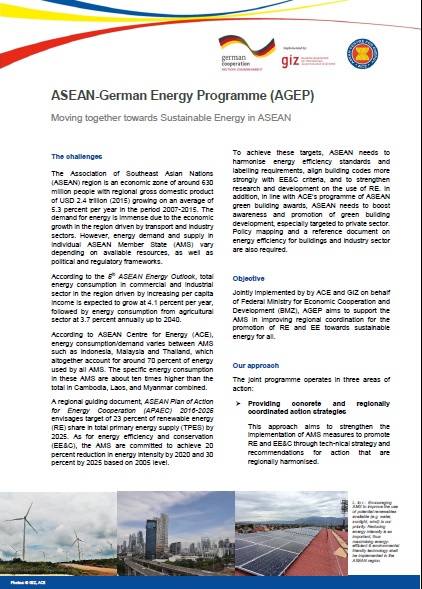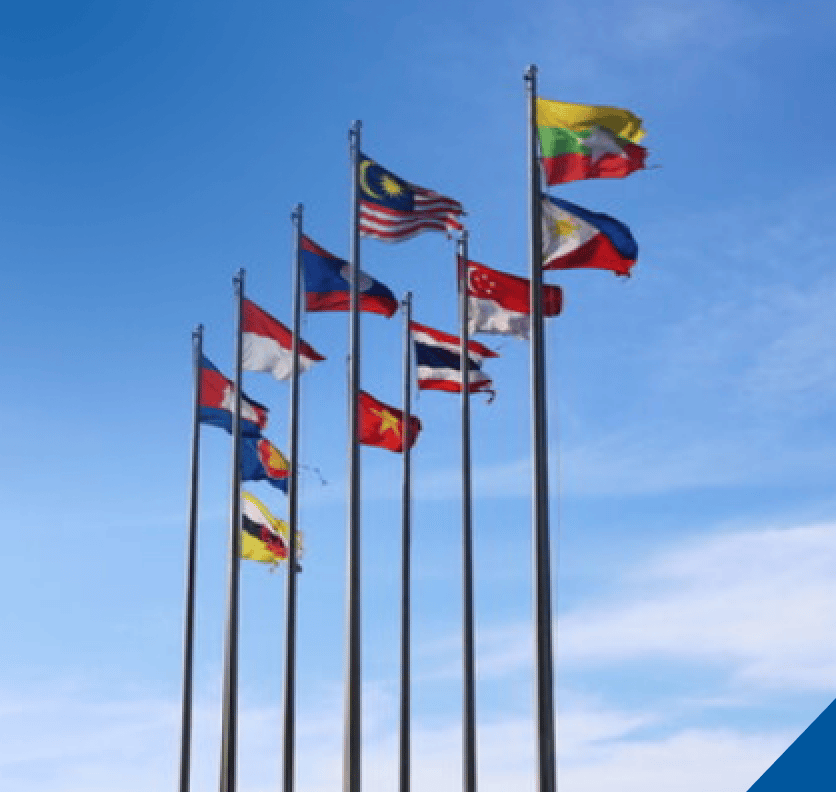ASEAN Readiness for the Energy Transition: A Baseline Assessment of the Cohesion and Viability of Key ASEAN Energy Planning Documents
The purpose of this baselines assessment is to establish a reference point for the development of key ASEAN energy planning documents. A qualitative methodology was used to analyse two key documents for ASEAN energy policy and planning, the ASEAN Plan of Action for Energy Cooperation (APAEC) 2016-2025, Phase II: 2021-2025 and the 7thASEAN Energy Outlook (AEO7).
Job Creation Towards Achieving the Regional Renewable Energy Target
To estimate the total number of renewable energy jobs needed to achieve the 2025 regional renewable energy target.
Preparing Green Jobs for Coal Companies’ Transition Strategies in ASEAN
To analyse the energy transition strategies of companies that are involved in coal mining, coal-fired power generation or related services in ASEAN and the implications for coal industry workers.
ASEAN's Transition Pathway to Realise a Resilient and Net-zero Community: Core Findings from the ASEAN State of Climate Change Report
The ASEAN State of Climate Change Report (ASCCR) was launched during an official meeting organised by the ASEAN Secretariat on 7 October 2021. The ASCCR is the outcome of a two-year project coordinated by the ASEAN Secretariat (Environment Division) and Institute for Global Environmental Strategies (IGES). The project involved multi-stakeholders, including 15 national think tanks, 10 national focal points (NFPs) from each ASEAN Member State (AMS), and ASEAN dialogues and development partners including international and regional organisations outside of the ASEAN region.
Innovations to Drive the Energy Transition in the ASEAN Region
The ASEAN Plan of Action for Energy Cooperation (APAEC) Phase II: 2021-2025 raises the aspirational targets and announces new initiatives to enhance the region’s energy transition and energy resilience. It takes into account the impacts of the Covid-19 pandemic and the recovery plans, recent global economic and energy trends, cross-cutting issues such as climate change and decarbonisation, energy investment and energy project financing. It foresees a greater role for the private sectors through business forum activities, new and emerging energy technologies and digitalisation in the energy sector [1]. A new sub-theme envisions innovations and wider cooperation at the regional and international levels as being the key drivers for accelerating the energy transition and strengthening energy resilience.
ASEAN Climate Action: A Review of Nationally Determined Contribution Submissions towards COP26
To review the newly submitted and updated Nationally Determined Contributions (NDCs) of the ten ASEAN Member States (AMS) ahead of the 26th Conference of the Parties (COP26) to the United Nations Framework Convention on Climate Change to be held in November 2021 in Glasgow, Scotland, and continue to examine the findings of Policy Brief No. 02/February 2021, ASEAN Climate Action: A Review of Nationally Determined Contributions Updated in 2020.
Vietnam’s solar and wind power success: Policy implications for other ASEAN countries
Vietnam is currently the leading country in the Association of Southeast Asian Nations (ASEAN) in terms of installed solar and wind power generation capacity (Figure 1). This is largely due to its rapid photovoltaic (PV) solar uptake, which resulted in total solar and wind power capacity reaching over 17,000 megawatts (MW) by the end of 2020 [1]. More than 100,000 rooftop solar PV systems were installed in Vietnam in 2019 and 2020. In per capita terms, Vietnam’s cumulative solar and wind power capacity reached 176 W by the end of 2020, the highest in ASEAN [1].
Bank Climate Actions and their Implications for the Coal Power Sector: Indonesia

Indonesia is third, after China and India, in global coal development. Though Indonesia has made a public announcement on its carbon neutrality aspiration[1], there were no robust actions such as policy reform or a shift of energy mix. Development of the coal power sector requires capital funding for coal-fired power plants (CFPPs). One of the sources of funding is through private investment banks that use loans, underwriting services, or investment to raise capital. These private funding decisions are based on creditworthiness, financing policies, and the bank’s commitment to environmental, social, and governance (ESG) responsibilities.











